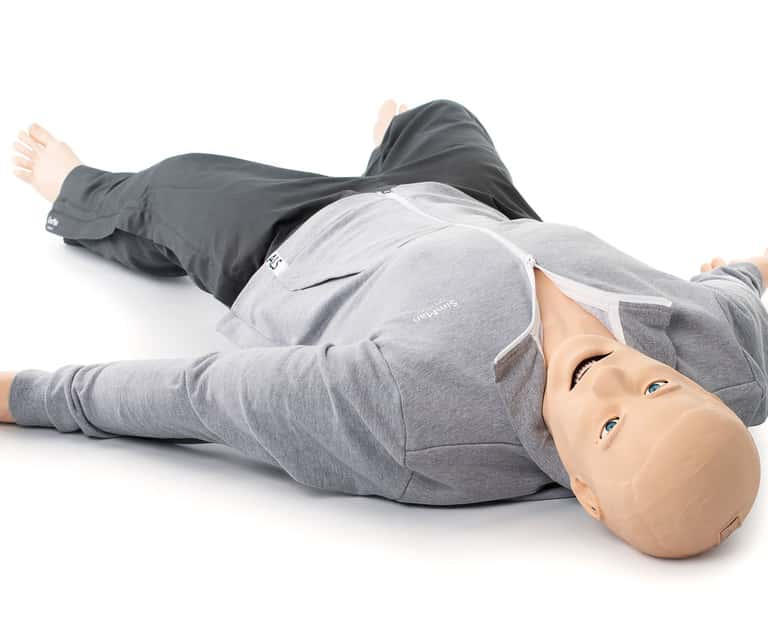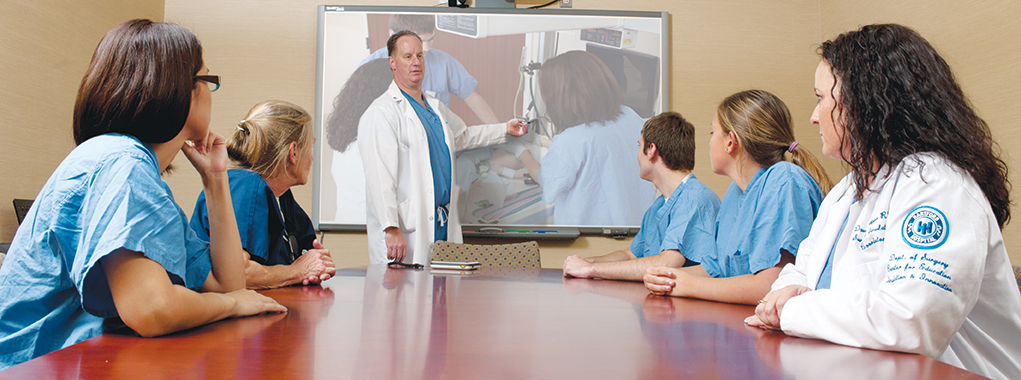Discover SimMan ALS
SimMan ALS provides a mobile, durable solution that meets the training needs of pre-hospital and in-hospital emergency care providers - from basic assessment to advanced life-support skills.
The ability to act quickly and accurately when faced with unexpected situations is critical to patient care. The only way to know how you will react is to practice in your actual environment. Simulations that occur outside of your workplace are unable to address unanticipated issues such as:

In-situ simulation training is a team-based training technique conducted on the patient care units using equipment and resources from that unit, and involving actual members of the healthcare team.
In-situ simulation takes place in the real world environment among teams during their regular work schedule with the goal of making the experience as close to reality as possible. With in-situ simulation, reliability and safety can be improved, especially in high-risk areas.

SimMan ALS provides a mobile, durable solution that meets the training needs of pre-hospital and in-hospital emergency care providers - from basic assessment to advanced life-support skills.
Practicing in our own environment makes training more transferable to the real world.
In-situ simulation has been found to positively impact healthcare providers’ reactions, changes in safety attitudes, organizational performance, and teamwork. This type of training allows teams to review and reinforce their clinical problem-solving abilities in preparation for a crisis or for low frequency/high acuity events. Structured debriefing that is brief and concise is an essential component of in-situ training.

Cincinnati Children’s Hospital conducted a study of the impact of in-situ simulation on one of their critical care units. The implementation of in-situ training resulted in the discovery of more than one hundred hidden safety threats that would have otherwise gone unnoticed. Identification of these errors resulted in changes made to reduce the risk of error and improve patient safety.
In-situ simulations also provided a method to reinforce teamwork behaviours, such as: the use of assertive statements, role clarity, performance of frequent updating, development of a shared mental model, performance of independent double checks of high-risk medicines, and overcoming authority gradients between team members.
In-situ training provides insight into how healthcare providers work together and communicate as a team. Jump Simulation demonstrates how in-situ training can be used to improve patient safety.
pdf | 0.28 MB
pdf | 0.10 MB
pdf | 0.12 MB
pdf | 0.22 MB
pdf | 0.22 MB
We know that there are challenges to implementing in-situ training, but the benefit of improved patient care makes it worth the effort. We are here to help. Portable, robust simulation and debriefing solutions that enable training to take place anywhere can help you create an immersive and engaging learning environment, and improve patient safety.